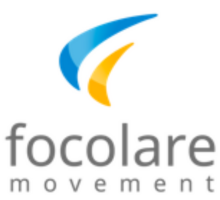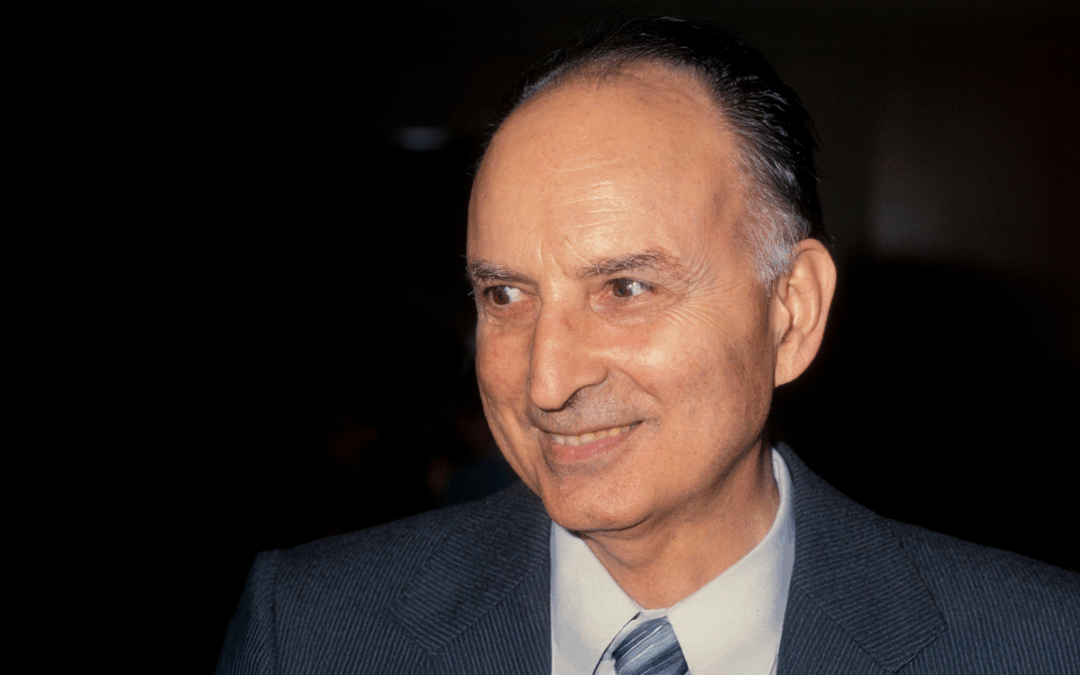
Don Foresi: the years of work for the incarnation of the charism
After the publication of the first part of Don Foresi’s biography dedicated to the initial period of his life, the second part entitled: “The rule and the excess” (published by Città Nuova), of the three planned, which deals with the years from 1954 to 1962, was also published. What do you think emerges in this volume as a characteristic note of this period of Foresi’s life?
A note that deeply characterizes the life and experience of Pasquale Foresi in the years indicated, can be expressed in this way: he was a free spirit, a person driven by a creative tension between charism and culture, moved by the need to spiritually and practically translate Chiara Lubich’s inspiration (the charism of unity) and the need, in a certain way, to give it theological, philosophical and institutional depth, in an ecclesial context that was still largely pre-conciliar. The book describes him very well as constantly engaged, together with Lubich, to “embody” the charism in forms understandable to the Church of the time and to the cultural and secular world in general. In this sense, we might define him, not only as a co-founder, but also as an ecclesial interpreter of the charism, someone who sought to make it “explainable” in the language of the Church and who tried to be the bridge builder between the mystical dimension of Lubich and classical theology, making it accessible to many without watering it down.
At the same time Foresi was an atypical intellectual and an original thinker. Although he did not leave any major systematic works (he did not see this as his particular task), he had a strong impact on the development of the Work of Mary (Focolare Movement), during the period of time described in the volume. This second book documents a dynamic existence, marked by a sense of urgency, as if the words of the Gospel proper to the development of the Focolare Movement had to be incarnated “immediately”, without delay.
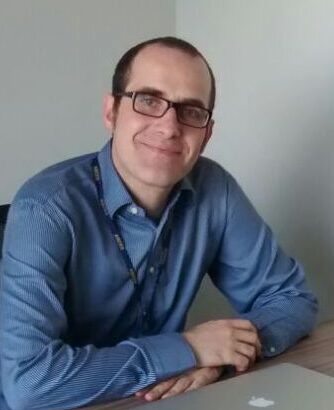
“Don Foresi, a free spirit, a person driven by a creative tension between charism and culture”.
Our interviewee, Prof. Marco Luppi, researcher in Contemporary History at Sophia University Institute in Loppiano, Italy
The 600 plus pages of the text deal not only with the events that concern the life of Foresi in the period under review, but also outline the life and history of Chiara Lubich and the Focolare Movement of those years, also focusing on stories and episodes in which Foresi was not present, as the author himself states. Why do you think the author made this editorial choice?
Zanzucchi includes events and developments not directly experienced by Foresi because his story is inseparable from the history of the Focolare Movement. Telling the context, the protagonists and the collective dynamics allows us to grasp the meaning of Foresi’s contribution, placing it within the living fabric of a communal experience. As he clearly states in his introduction, Zanzucchi views Foresi not only as a key player, but as a co-founder, that is, an essential and foundational element of the Focolare Movement. Consequently, Foresi’s biography is inseparable from the biography of the Movement. In other words, the author adopts an approach that we could define as an “immersive biography”: not a simple individual reconstruction, but a relational and contextual narrative, where the meaning of Foresi’s role emerges through a living dialogue with others (Chiara Lubich, Igino Giordani, ecclesial personalities, etc.) and with the collective history of the Movement.
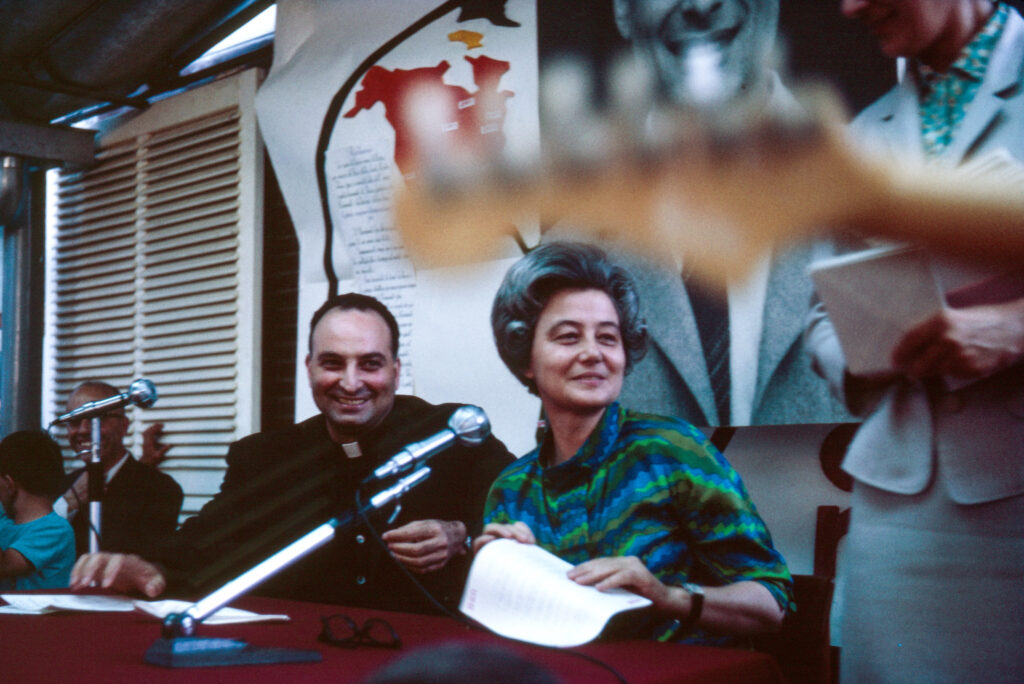
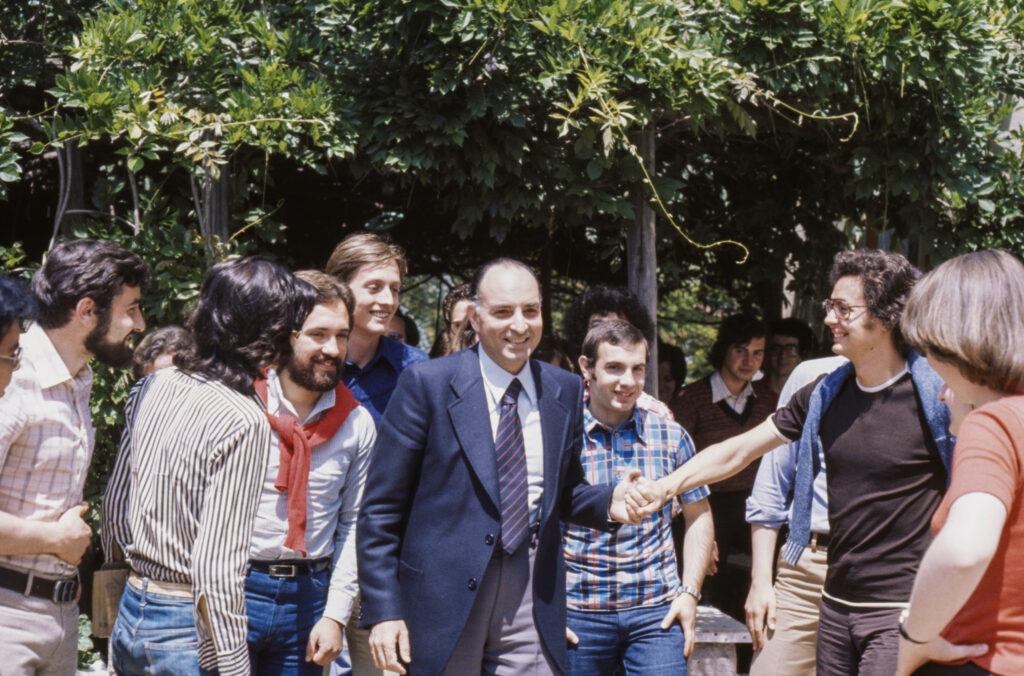
This work of Michele Zanzucchi is the first biography of Foresi. What aspects of Foresi’s life do you think deserve further study and historical investigation?
Zanzucchi often likes to say that he is not a pure historian, but rather a careful and conscientious storyteller and communicator and that therefore at times he has allowed himself some interpretative freedom, in order to clarify some passages that are less explicit. However, this is certainly a very important work and a first effort to give us a full view of the personality and experience of Foresi. It is one perspective and others will surely follow, all animated by that same critical spirit, open to multiple interpretations, which must inform the reconstruction of the history of the entire Focolare Movement and its key figures. I can mention three of the many insights that could be explored in future research on Foresi. First, his theological and philosophical thought. Zanzucchi points out that Foresi was not an academic theologian, but a “cultural visionary”, whose output is scattered in articles, speeches and notes. There is no single systematic presentation of his thought on key subjects such as the Church, the sacraments, the faith-reason relationship, etc. In addition, the originality of his ecclesiological thought should be studied, which anticipated some insights which later emerged in Vatican II. A second topic could be on the “political” role of Foresi and his relationships with the Roman ecclesiastical world. The author repeatedly mentions Foresi’s connections with the Vatican curia and with some ecclesiastical personalities. However, it is still not clear how much influence Foresi had in post-war political or ecclesial mediations, so this too would merit further exploration, especially during moments of tension with the hierarchy. Finally, a third, compelling front could be the editorial period and the “cultural laboratory” of Città Nuova. Zanzucchi underlines Foresi’s role as founder, director and inspirational force behind the “Città Nuova” magazine. What kind of “culture” did Foresi endeavour to promote? How did it position itself compared to other Catholic newspapers (Civiltà Cattolica, L’Osservatore Romano, Il Regno)? One day, a full monograph on Foresi’s work as a publisher and journalist in the context of 20th-century Catholic media will be needed.
a cura di Anna Lisa Innocenti
Photo: © Archivio CSC audiovisivi
